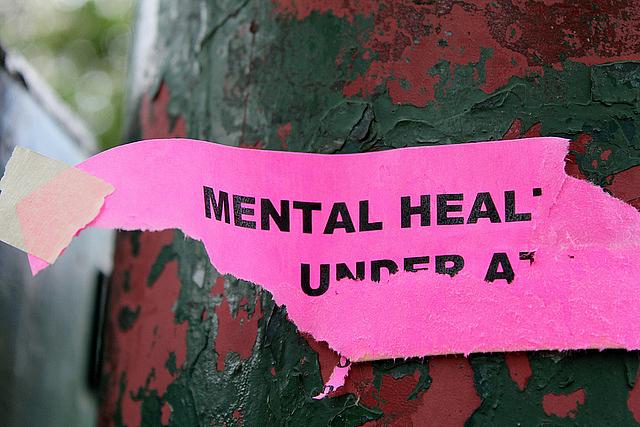Looking out for mentally ill and developmentally disabled patients in Georgia

Mental health patients and the developmentally disabled are some of the most vulnerable people in our society and unfortunately, even with the best of intentions, the system can let them down. The Augusta Chronicle is currently investigating scores of deaths that happened last year to patients of the Georgia Department of Behavioral Health and Developmental Disabilities who were being treated in community settings. Many of these are patients who were formerly cared for in state institutions who were moved to community providers and group homes under a settlement agreement with the U.S. Department of Justice. Part of the motivation for that is a 1999 U.S. Supreme Court case referred to as the Olmstead decision that was also deciding a Georgia case. Two mental health patients sued the state because it would not allow them to receive care in a community setting. The Supreme Court ruled the care should be done in the community if appropriate, if it is welcomed by the patient and reasonable for the system to provide it. Advocates for the developmentally disabled worry the DOJ will use the decision to turn everyone out of state institutions, many of them who cannot speak, walk, feed themselves and are so medically fragile they need around the clock nursing care they might not receive in the community. The state recently halted almost all placements of developmentally disabled patients because it could not find adequate providers for them.
Care for the mentally ill and developmentally disabled in Georgia has had its problems before. In 2003, I and another reporter began investigating what was then called Community Mental Health Center of East Central Georgia, an outpatient treatment center in Augusta that often served the indigent and uninsured and for some patients was their only source of care. The center was a public entity but its management had recently contracted out its bookkeeping, pharmacy and other services. We were able to show those contracts, which were ridiculously lavish and included bonuses that could not be explained, went to companies headed by friends and family of the center’s executives or had ties to a state representative who was close friends with the center’s director. A state and then federal investigation ensued and eventually five people were indicted and ultimately sent to federal prison. But by then the center had been looted of more than $2 million. In some way I felt responsible because this happened “on my watch.” With this project, I hope we can provide greater insight and bring to light what happened to these patients and their families.
Image by Quinn Dombrowski via Flickr.

